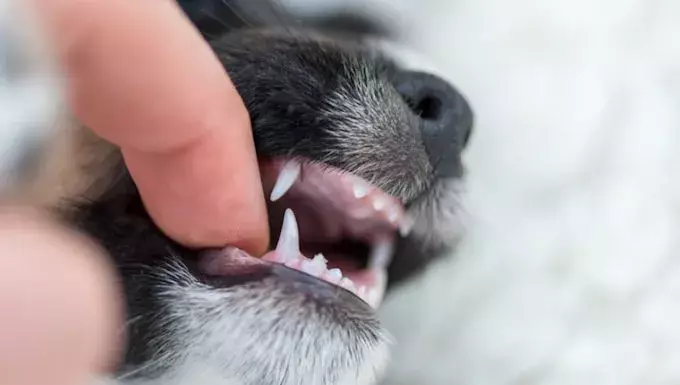Epulis is a term used to describe benign tumors that occur in a dog’s gum tissue, primarily near the dental structures. While these growths are non-cancerous, they can significantly impact a dog’s oral health and overall well-being. There are different types of epulis, including ossifying, fibromatous, and acanthomatous forms, each presenting unique characteristics. Recognizing and addressing epulis is crucial for maintaining a dog’s quality of life.
The presence of epulis can lead to a variety of symptoms that not only affect a dog’s mouth but can also hinder their daily activities. Affected pets may exhibit signs such as excessive drooling, bleeding in the oral cavity, and difficulty in chewing or eating. Bad breath, weight loss, and a noticeably swollen jaw may also serve as indicators of this condition. Dog owners should be vigilant, as these symptoms can lead to further complications if left untreated.
Certain canine breeds appear to be more susceptible to developing epulis than others. Notably, breeds such as Boxers, Shetland Sheepdogs, American Bulldogs, and Old English Sheepdogs are more frequently diagnosed with this condition. Interestingly, many of these breeds are flat-faced, which might contribute to their increased risk. Owners of these breeds should monitor their dog’s dental health proactively to catch any early signs of gum issues.
When it comes to diagnosing epulis, a veterinarian will conduct a comprehensive physical examination, focusing specifically on the oral cavity. Differential diagnoses are important, as conditions like gingival hyperplasia can mimic the symptoms of epulis. Unlike epulis, which forms discrete growths, gingival hyperplasia results in generalized gum enlargement. To confirm a diagnosis, veterinarians may also conduct blood tests and imaging, such as X-rays, to assess the extent and nature of the growth.
The primary treatment for epulis involves surgical removal of the growth. This procedure not only alleviates the symptoms but also prevents potential complications. Post-surgery, dogs are typically placed on a soft diet to ease discomfort and promote healing. Veterinary professionals may also prescribe pain management medications to ensure the comfort of the recovering pet. Compliance with the prescribed medication regimen is vital to a successful recovery.
While the exact cause of epulis remains unknown, maintaining good oral hygiene in dogs can play a significant role in preventing dental issues. Regular teeth cleaning, professional dental check-ups, and providing appropriate chew toys can help minimize the risk of developing conditions such as epulis. Dog owners should consult their veterinarian to optimize their pet’s dental care routine, ensuring a long and healthy life.
Being informed about epulis in dogs can empower pet owners to recognize symptoms early and seek veterinary care promptly. Understanding the importance of dental hygiene and regular check-ups will not only benefit those at risk but will enhance the overall health of all canine companions.


Leave a Reply